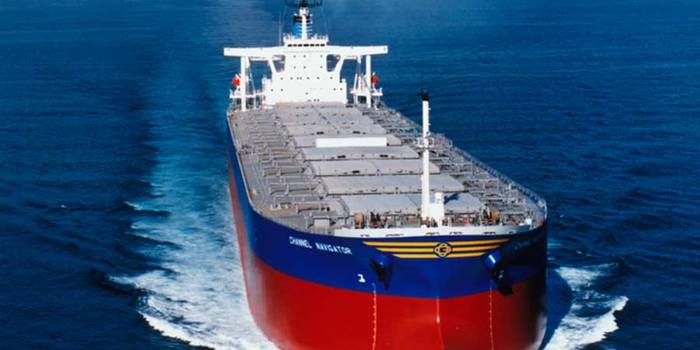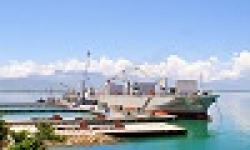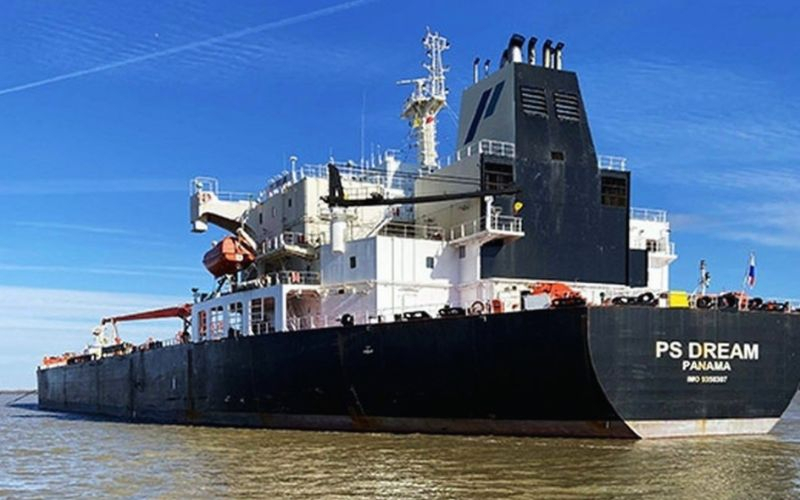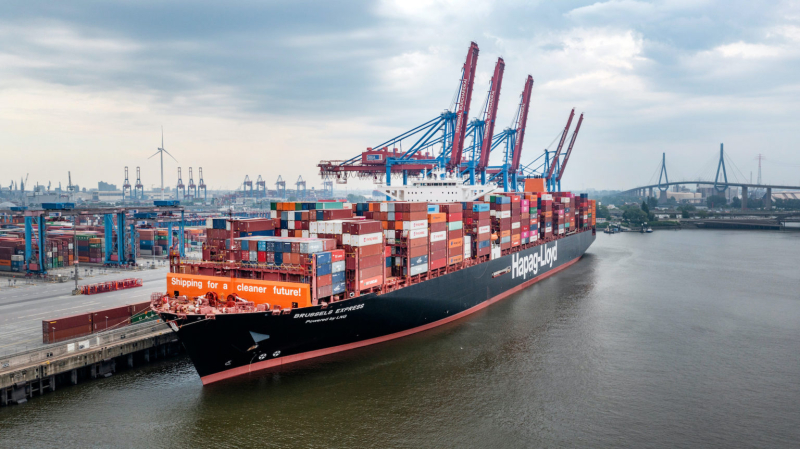In its latest weekly report, shipbroker Xclusiv said that “as we approach the end of 2024, we observe that dry bulk prices have increased significantly this year, reaching their year-to-date highs during Q3 2024. More specifically, within early Q3 2024, 5- and 10-year-old Capesize BCs were valued at around USD 64 mills and USD 45 mills respectively, 17% and 27% up compared to early January 2024 values. Similarly, 5- and 10-year-old Kamsarmaxes climbed to USD 39.5 mills and USD 30 mills in Q3 2024, almost 18% and 23% up respectively since January 2024 values. Ultramax 5- and 10-year-old prices increased by 19% and 38% from January to August 2024 and topped at USD 36.2 mills and USD 28.2 mills. Last but not least, the 5 and 10-year old Handysize prices reached also their year-to-date high within Q3 2024 and were valued at around USD 28.8 million and USD 21 million respectively, almost 7% and 17% up compared to early January 2024 values”.

“Nevertheless the outlook for second-hand dry bulk prices has shifted, as dry bulk market rates – excluding Capesizes – have dropped considerably over the past three and a half months. The Kamsarmax 5 TC Average closed the week at USD 9,951/day, almost 35% down compared to 2nd August 2024. A similar trend has been observed in the Ultramax 11 TC Average which currently pays USD 12,470/day, down by 26% compared to early August 2024, while the Handysize 7 TC Average has lost around 12% during the same period and closed the week at USD 12,079/day. The Capesize 5 TC Average, characterized by its volatile nature, is currently paying USD 21,778/day, up 13% from early August 2024 levels. (Reversing a decline from USD 14,811/day in late October 2024)”, the shipbroker said.

According to Xclusiv, “the weakening of time charter rates has led to a correction in second-hand prices, especially for 5-year-old and 10-year-old Kamsarmax, Ultramax, and Handysize, which has seen prices decline by 5% to 17%. More specifically, Kamsarmax prices have been hit the hardest, with a 13% decline for 5-year-old vessels and a 17% decline for 10-year-old vessels from their Q3 peak. Handysize prices have decreased by 8% for 5-year-old vessels and 10% for 10-year-old vessels. Meanwhile, Ultramax prices have softened by 5% for 5-year-old vessels and 13% for 10-year-old vessels since their Q3 peak. The Capesize segment, while volatile, has shown resilience compared to other segments, with 5 and 10-year-old prices remaining stable from their Q3 peak.

This week, we saw an abundance of vessels hitting the sales market. The Capesize and Ultramax/Supramax sectors were quite active, with 6 vessels in these categories coming for sale. The week likewise saw many vessels changing hands, across numerous sectors, as buyers look to invest at discounted levels”, the shipbroker concluded.
Nikos Roussanoglou, Hellenic Shipping News Worldwide





























